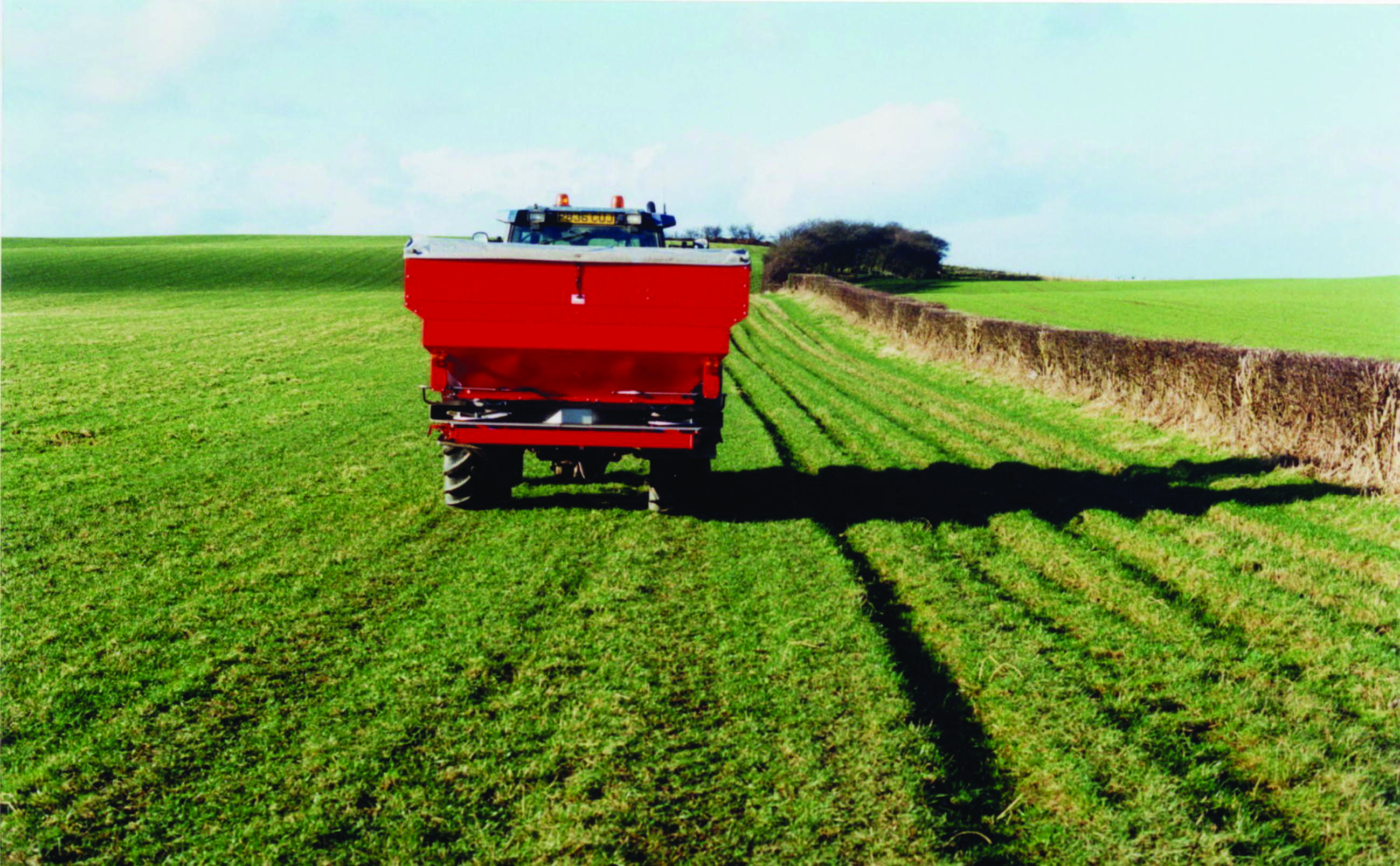Rejuvenating pastures this spring
Thursday, 9 April 2020
Oversowing can provide a cost-effective way of improving pasture without the need for seedbed preparation. It is useful in situations in which you do not want to – or can’t – plough, if there are gaps in the sward (for example, after poaching), or if you need more rye-grass or clover.
Before applying seeds to a thin new ley or an old unproductive pasture, tightly graze the sward or cut for silage. At this stage, it also may be necessary to harrow to create some tilth for the new seeds. A heavy chain harrow is good because it pulls out thatch, moss and shallow-rooted weeds. Now is the time to sow the seed to avoid spring growth peaks in May, or wait until after a silage cut to reduce competition.
Choose a seed mixture containing grasses that grow rapidly from seed. It is best to sow rye-grasses and, in particular, large-seeded varieties, such as tetraploids. When overseeding pastures, tetraploids are better able to compete because they have an upright growth habit and are suited to drier growing conditions. For a longer term solution, use perennial rye-grass.
Commercial trials in which an overseeding machine that harrows and sows seed was used show up to 40% higher grass yield in the following year.
Alternatively, harrow before and after broadcasting or drilling seeds, or use a slot-seeder/direct drill without cultivation.
Top tips:
- Preparing areas with a chain harrow can help improve seed–soil contact
- Graze sward tight, or mow, to reduce competitiveness of existing grass
- Avoid applying nitrogen because this will boost growth of the existing sward
- After seeding, roll or harrow
For more information, see Improving pasture for Better Returns and the Grassland reseeding guide.
For practical advice on managing permanent pasture, tune into the webinar, Getting the most out of your permanent pasture with Liz Genever on 16 April at 7.00pm.
For the latest Forage for Knowledge newsletter click here

Topics:
Sectors:
Tags:

